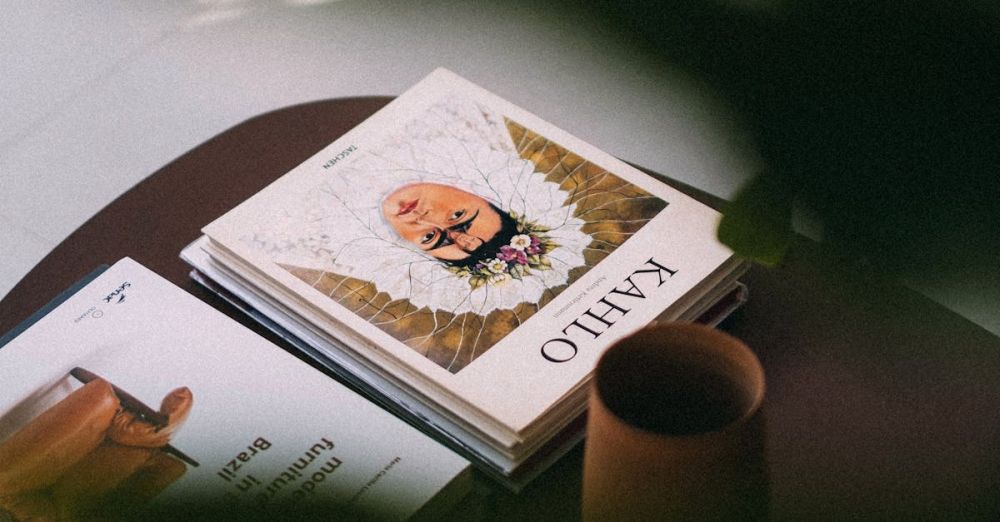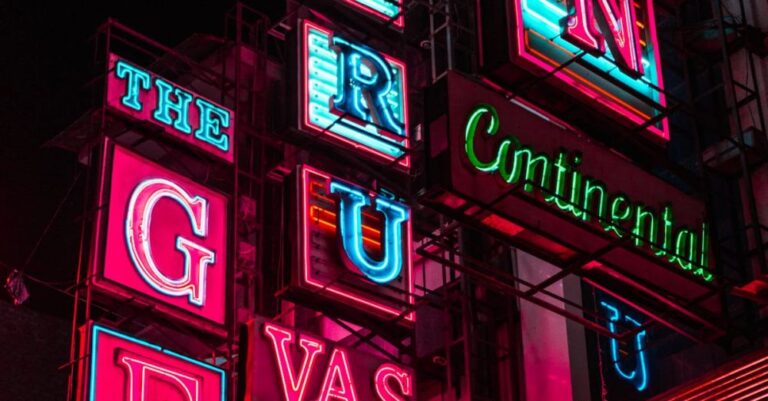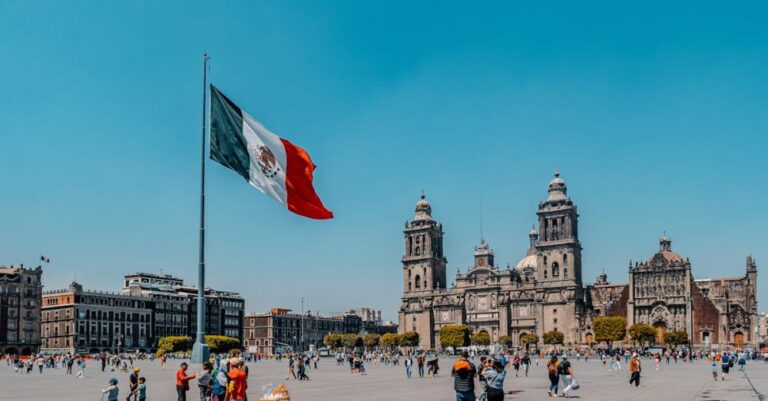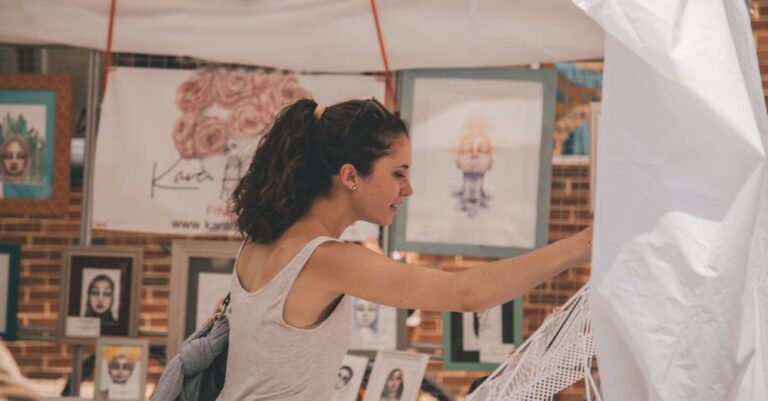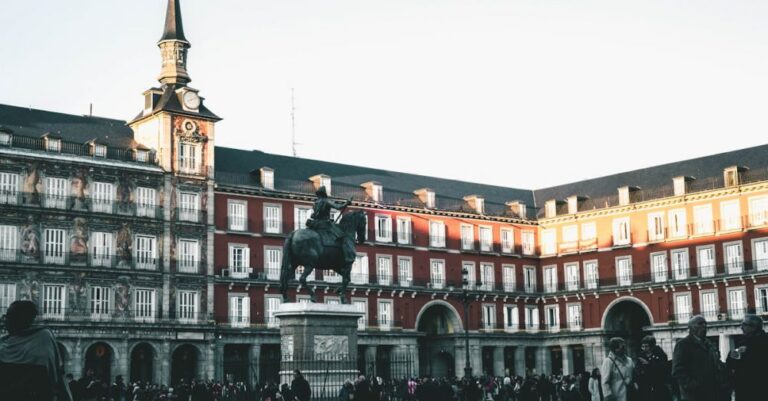Tucked away in the vibrant neighborhood of Coyoacán in Mexico City lies the iconic Frida Kahlo Museum, also known as the Casa Azul or Blue House. This historic site is not only the former residence of the renowned Mexican artist Frida Kahlo but also a treasure trove of her art, personal belongings, and intriguing insights into her life. Exploring the Frida Kahlo Museum offers visitors a unique opportunity to immerse themselves in the world of this extraordinary artist and gain a deeper understanding of her creative genius and tumultuous life.
**The Colorful World of Frida Kahlo**
As you step through the cobalt-blue walls of the museum, you are instantly transported into the vibrant and colorful world that defined Frida Kahlo’s art and existence. The Casa Azul itself is a visual feast, with its vividly hued rooms, lush gardens, and eclectic decor that reflect Kahlo’s distinctive style and personality. Every corner of the house seems to whisper secrets of the artist’s life, inviting visitors to delve into the complexities of her art and psyche.
**Exploring Frida’s Art**
One of the highlights of the Frida Kahlo Museum is the opportunity to witness firsthand some of Kahlo’s most famous artworks. The museum boasts an impressive collection of her paintings, including iconic pieces such as “Self-Portrait with Thorn Necklace and Hummingbird” and “The Two Fridas.” These artworks provide a glimpse into Kahlo’s inner world, with themes of pain, love, identity, and Mexican culture woven intricately into each brushstroke.
**Personal Artifacts and Mementos**
In addition to her artworks, the museum also houses a fascinating array of personal artifacts and mementos that offer a more intimate look into Kahlo’s life. From her colorful Tehuana dresses and intricate jewelry to her paintbrushes and prosthetic leg, each item serves as a poignant reminder of the artist’s resilience, creativity, and unapologetic embrace of her identity. Walking through the rooms filled with these personal belongings, visitors can’t help but feel a sense of closeness to Kahlo and the experiences that shaped her art.
**The Courtyard and Garden**
Stepping outside into the courtyard and garden of the Casa Azul is like entering a sanctuary of tranquility and beauty. Lush greenery, blooming flowers, and the soothing sound of water features create a serene atmosphere that contrasts with the intensity of Kahlo’s art. The courtyard, where Kahlo’s ashes are interred, is a place of quiet contemplation, inviting visitors to reflect on the artist’s legacy and the enduring impact of her work.
**Interactive Exhibits and Workshops**
For those looking to delve deeper into the world of Frida Kahlo, the museum offers interactive exhibits and workshops that provide a hands-on experience of her art and techniques. From guided tours to art classes inspired by Kahlo’s style, visitors have the opportunity to engage with her work on a more personal level and gain a deeper appreciation for the complexities of her artistry. These interactive experiences add a dynamic dimension to the museum visit, making it both educational and immersive.
**A Journey Through Frida’s Life**
Visiting the Frida Kahlo Museum is not just a tour of a historic house; it is a journey through the life, art, and spirit of one of the most iconic artists of the 20th century. From the vivid colors of her home to the poignant stories behind her artworks, every aspect of the museum invites visitors to connect with Kahlo on a profound level and gain insight into the woman behind the legend.
**In Conclusion: A Cultural Pilgrimage**
In conclusion, a visit to the Frida Kahlo Museum is more than just a tourist stop; it is a cultural pilgrimage that offers a deep and meaningful encounter with the legacy of a remarkable artist. Through her art, personal belongings, and the spaces she inhabited, visitors can glimpse the inner world of Frida Kahlo and appreciate the enduring impact of her creative vision. The Casa Azul stands as a tribute to Kahlo’s indomitable spirit and serves as a testament to the power of art to transcend boundaries and speak to the depths of the human experience.
